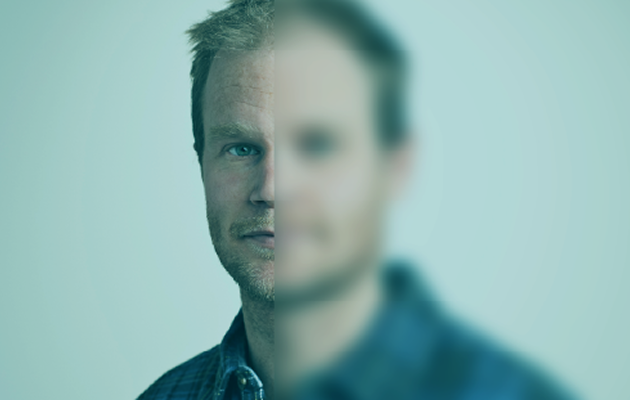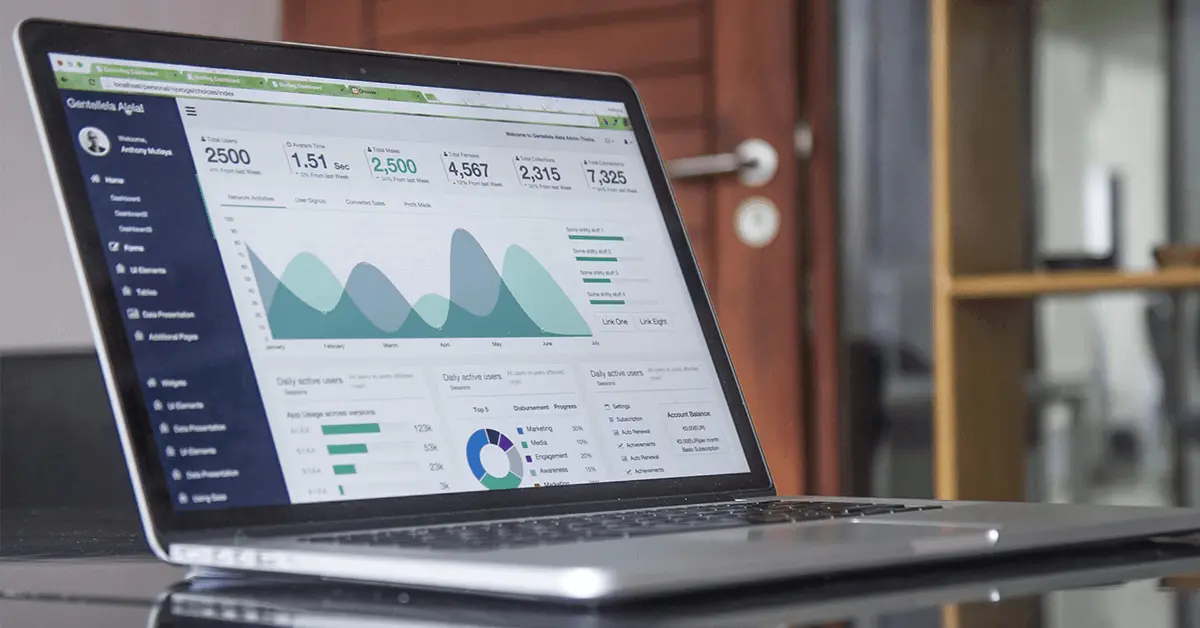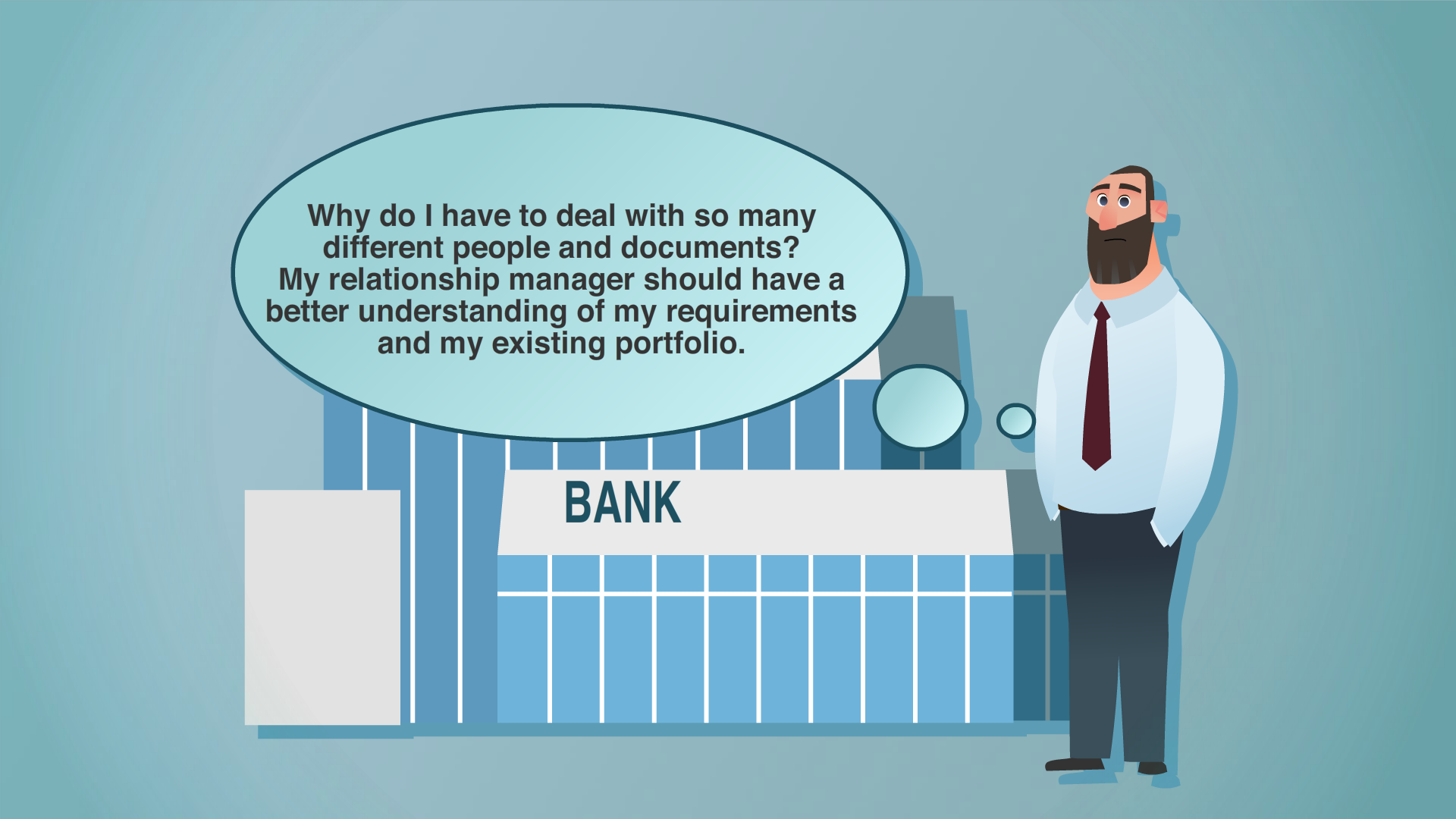Your business partnerships hold the key to growth in manufacturing and consumer packaged goods. But managing the data behind these relationships is becoming more and more complex, which is when data fragmentation rears its head.
You’re dealing with an intricate web of distributors, wholesalers, retailers and suppliers –as well as Direct-To-Consumer channels. And each of them comes with multiple contacts, varying hierarchies, subsidiaries and different data requirements across regions.
So, what is data fragmentation exactly?
Data fragmentation is when your customer data lives scattered across different locations or multiple systems, and the consequences hit hard:
- Different divisions unknowingly compete for the same distributor
- Pricing inconsistencies emerge across channels
- Customer onboarding stretches for weeks instead of days
These are just a few fragmentation issues. The last thing you want is for your most valuable business relationships to become sources of friction and missed opportunities.

You're not just dealing with messy data warehouses or limited data storage space. You're facing direct impacts on revenue, margin, retention, operational efficiency and partnership strength.
In this blog post, we will lay out the roadmap for you and share the easiest way to preempt any of the challenges we discuss.
Let’s begin by looking at the stakes and what’s so difficult.
Customer Data Content Hub
Explore our Content Hub packed with expert insights, practical guides and industry trends to help you turn data into better business decisions.

The hidden costs and complexity of B2B customer data
Scattered B2B customer data creates problems that go far beyond messy spreadsheets. It hits your revenue directly, and the challenges you face managing B2B relationships are fundamentally different from anything B2C companies deal with.
You're juggling complex corporate relationships that change constantly, and most data systems, whether on-premises or cloud-based, just weren't built for this reality.

Explore: 10 Dangerous Myths About Managing Your B2B Partner and Account Data
Revenue leakage through pricing conflicts
When customer accounts live in different systems, duplication and redundancy can create pricing conflicts, and your business units may end up competing against each other without realizing it.
Your European team negotiates a 15% discount for bulk orders. Meanwhile, your North American team offers the same distributor 20% for identical volumes.
The distributor takes the better deal, obviously. You lose margin and look incompetent.
This happens more than you'd think.
Managing dual supplier-customer relationships
This is an area where B2B gets messy. Your distributor might also be your supplier for raw materials or logistics services.
In your procurement system, they're a vendor with payment terms and quality specs.
In your sales system, they're a customer with volume discounts and rebate agreements.
The same company appears in multiple systems or repositories with completely different data, contact hierarchies and business rules. Try negotiating a contract when you need to balance supplier dependencies against customer leverage – it gets complicated fast.
Operational inefficiencies that drain resources
Your sales team wastes hours verifying customer information that should already exist somewhere in your organization’s data systems.
Customer service reps can't see complete interaction histories, so customers repeat their problems to different departments. Data fragmentation and data silos make these inefficiencies worse.
Here are just a few scenarios:
- Sales reps discover bankruptcy risks during contract renewals instead of monitoring proactively
- Customer service bounces calls between departments because contact info differs across systems
- Finance teams manually match invoices to contracts using spreadsheets and email chains
- Logistics holds up shipments to verify outdated delivery addresses
Corporate structures that change overnight
Large customers have ownership structures that shift through acquisitions, spin-offs and restructuring.
That distributor you've worked with for years has just became part of a bigger corporate group.
- Credit terms change.
- Competitive dynamics shift.
- Strategic priorities get rewritten.
Your systems need to track parent-subsidiary relationships, understand how ownership changes affect existing agreements and figure out when separate legal entities should actually be treated as one business relationship.
Most systems handle this poorly, especially legacy systems and on-premises setups that lack scalability or proper data integration.
Communications that make you look disorganized
Few things kill customer trust faster than conflicting information from different parts of your organization.
Marketing sends promotional materials to outdated contacts just as operations reaches out about delivery schedules. You look unprofessional and disorganized.
Contact management across complex organizations
A single distributor might have dozens of relevant contacts across procurement, logistics, finance, marketing and regional management.
Each person has different responsibilities, authority levels and communication preferences.
Your sales reps spend time figuring out who handles new product discussions, who manages delivery issues and who deals with payment disputes.
Without proper contact management, you send critical communications to the wrong people or miss important stakeholders completely. But unified data can help streamline this time-consuming process.
Inconsistent data from retail customers
Retailers and distributors send sales-through data in whatever format works for them.
- Weekly Excel files with their internal SKU codes.
- Monthly API feeds with UPC numbers.
- Quarterly PDF reports.
You need to process each data source differently to understand actual end-customer demand, track indirect sales performance and spot market opportunities that don't show up in direct sales channels.
Opportunities that slip away
When you can't see complete account relationships, you miss cross-selling opportunities. You might have strong relationships with a distributor's procurement team but no idea about expansion plans in their logistics division.
You need visibility into complete account hierarchies to build relationships with subsidiaries and related entities. Growth opportunities disappear because your data foundation can't support the insights you need to make informed decisions, making data access and real-time visibility critical.
And the real cost of unstructured data isn't just today's missed opportunities – it's the compound effect over months and years of damaged relationships and operational inefficiencies.
Learn how Sonepar improves operational efficiency while creating better customer experiences.
How B2B customer data becomes scattered
Customer data doesn’t fragment overnight. It's the result of natural business evolution, growth strategies and the reality of managing complex B2B relationships across multiple systems and regions.

Multiple ERP systems across regions and business units
You probably started with one ERP system, but growth changes everything.
Your European operations might run SAP while your Asian subsidiary uses Oracle. Each system captures customer data differently, with unique field structures and validation rules.
Regional teams adapt these systems to local requirements:
- Different tax ID formats
- Varying address structures
- And region-specific compliance fields
...and so on. What begins as necessary customization becomes a barrier to unified customer visibility.
M&A activities inherit different data structures
When you acquire companies, you inherit their data management approaches. The distributor relationships that came with your latest acquisition might use completely different naming conventions, hierarchical structures and contact management systems.
Integration timelines stretch as you discover that the same customer lives in multiple acquired systems with different company names, contact details and contract terms.
Complex B2B customer hierarchies span subsidiaries and affiliates
If you’re a large distributor with a sizable volume of data, chances are you have a very intricate corporate structure. You might have separate records for the parent company, regional subsidiaries and local branches – without a data strategy that helps you understand how they connect.
Your contract with the parent entity might cover terms that apply to all subsidiaries, but your systems treat each location as an independent partner.
Your revenue reporting becomes fragmented, and you don’t really have visibility into the true scope of these relationships, causing decision-making to be a real challenge.
ebook
Tackle the 7 biggest B2B customer data challenges
Understand who your customers really are across all regions, subsidiaries and channels, turning clean connected data into your most powerful asset.

The path to unified customer relationships
To create unified customer relationships, you need more than just cleaning up your existing data.
You need systematic approaches that address the root causes of both digital and physical fragmentation, and you need to build a sustainable foundation for managing complex B2B partnerships.

Establishing single sources of truth for customer information
Start by designating one system as the authoritative source for each type of customer data. Your ERP might own financial relationships, your CRM manages sales contacts and your compliance system tracks regulatory information.
The key is creating clear ownership rules and automated synchronization between systems. When your sales team updates a contact's role in the CRM, that change should flow to all relevant systems without manual intervention.
You're not trying to replace every system. You're creating clear data governance that prevents the same information from living in multiple sets of data with different values.
Creating centralized B2B customer onboarding processes
Design onboarding workflows that capture complete customer information from the start rather than allowing different departments to create partial records.
Your centralized process should collect:
- Legal entity verification and corporate structure
- All relevant contacts with their specific roles and authorities
- Compliance documentation and regulatory requirements
- Financial information and credit assessments
Trust me, it's much easier to capture complete information upfront than to reconcile conflicting data sets and records across multiple systems later.
Building thorough customer hierarchy management
Map the actual corporate relationships between your partners, their subsidiaries, affiliates and related entities.
Most B2B organizations find out they have dozens of separate records for what should be understood as a single customer ecosystem. Your hierarchy management needs to connect these relationships while maintaining the distinct characteristics of each legal entity.
You'll be able to see the complete picture of your relationship with a corporate group and still manage individual subsidiaries according to their specific requirements and contracts.
Solution sheet
Business Partner Data Cloud
This solution sheet gives you a quick overview of how we onboard, clean and unify all business partner data into a single view.

How we at Stibo Systems handle this
At Stibo Systems, we've built Business Partner Data Cloud specifically to address the B2B customer data challenges that keep you up at night. We understand that your customer relationships are more complex than traditional customer data management solutions can handle.
Quick intro to BPDC
Business Partner Data Cloud goes beyond standard customer MDM by focusing on the unique requirements of B2B customer ecosystems.
Instead of just managing individual customer records, we help you manage:
- Complex account hierarchies
- Multiple contacts within each customer organization
- Intricate relationships between different business entities
The platform uses AI and machine learning to automate data matching, deduplication and enrichment processes.
You get legal entity resolution that can identify when multiple records actually represent the same corporate group, even when they use different naming conventions or legal structures across your systems.
Centralized customer onboarding with context-sensitive workflows
We've designed onboarding templates that adapt to different customer types and regulatory requirements.
When you're onboarding a new distributor in Germany, the system automatically presents the relevant compliance fields, tax ID formats and legal entity verification requirements.
Your onboarding process becomes consistent across regions, but you still handle local variations. Partners can even use self-service portals to update their own information, which means less manual data entry and more accuracy.
Data enrichment through trusted sources
Our platform integrates with Dun & Bradstreet to automatically enrich customer records with:
- Firmographic data
- Corporate hierarchies
- Financial risk information
If one of your partners’ corporate structures changes through acquisition or restructuring, you get updated information without manual research.
We also handle the complex task of processing indirect sales data from retail partners. Our list processing capabilities can take inconsistent data formats from different retailers and resolve them against your master customer records.
You finally get visibility into indirect sales performance.
Unified view across your entire B2B customer ecosystem
Business Partner Data Cloud creates a single, authoritative view of each customer relationship. It maintains the specific data requirements of your ERP, CRM and other operational systems.
Changes propagate automatically. When your sales team updates a contact's information, it flows to all relevant systems.
You can finally see the complete picture of your customer relationships – from parent companies down to local subsidiaries, with all the contacts, contracts and interaction history in one place.
“Your customer relationships are too valuable to leave fragmented.”
Conclusion
Scattered customer data directly impacts your revenue, operational efficiency and partnership strength.
When distributor information lives across disconnected systems, you face pricing conflicts, missed opportunities and damaged relationships that compound over time.
And your customer relationships are too valuable to leave fragmented. Manufacturers and CPG companies that master their B2B customer data management gain competitive advantages through faster onboarding, trustworthy analytics, consistent pricing strategies and deeper ecosystem visibility.
Can you afford to leave it scattered?
Take action on your customer data challenges
Don’t leave your B2B customer data scattered. Share data confidently, reduce vulnerabilities, enable real-time insights and create data initiatives that support digital transformation.
See how leading B2B companies are transforming their customer relationships with Business Partner Data Cloud. Schedule a demo or learn more about what Business Partner Data Cloud can do for your business.






































































































































































































